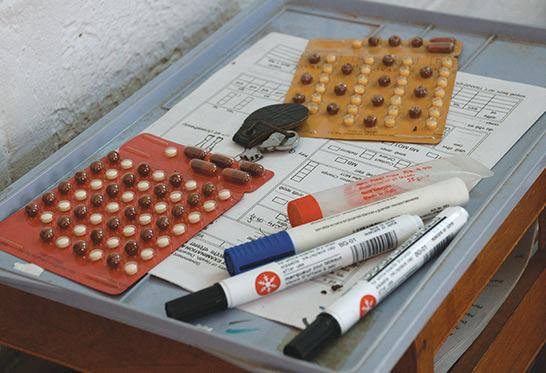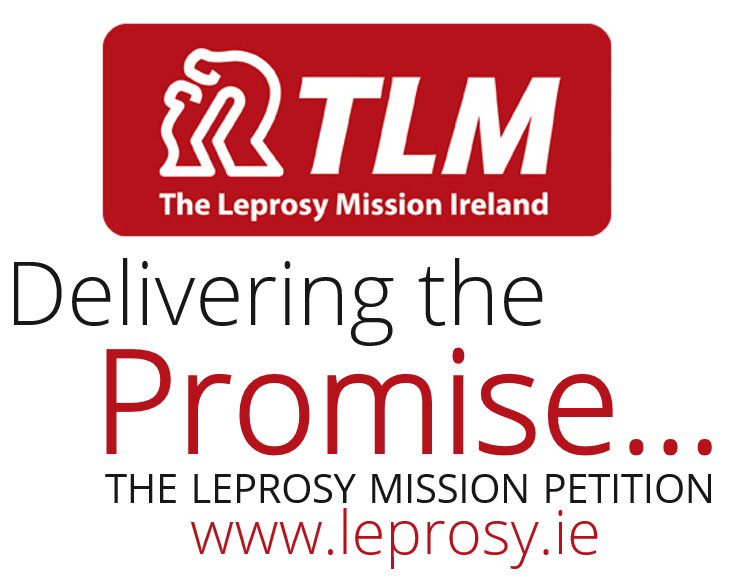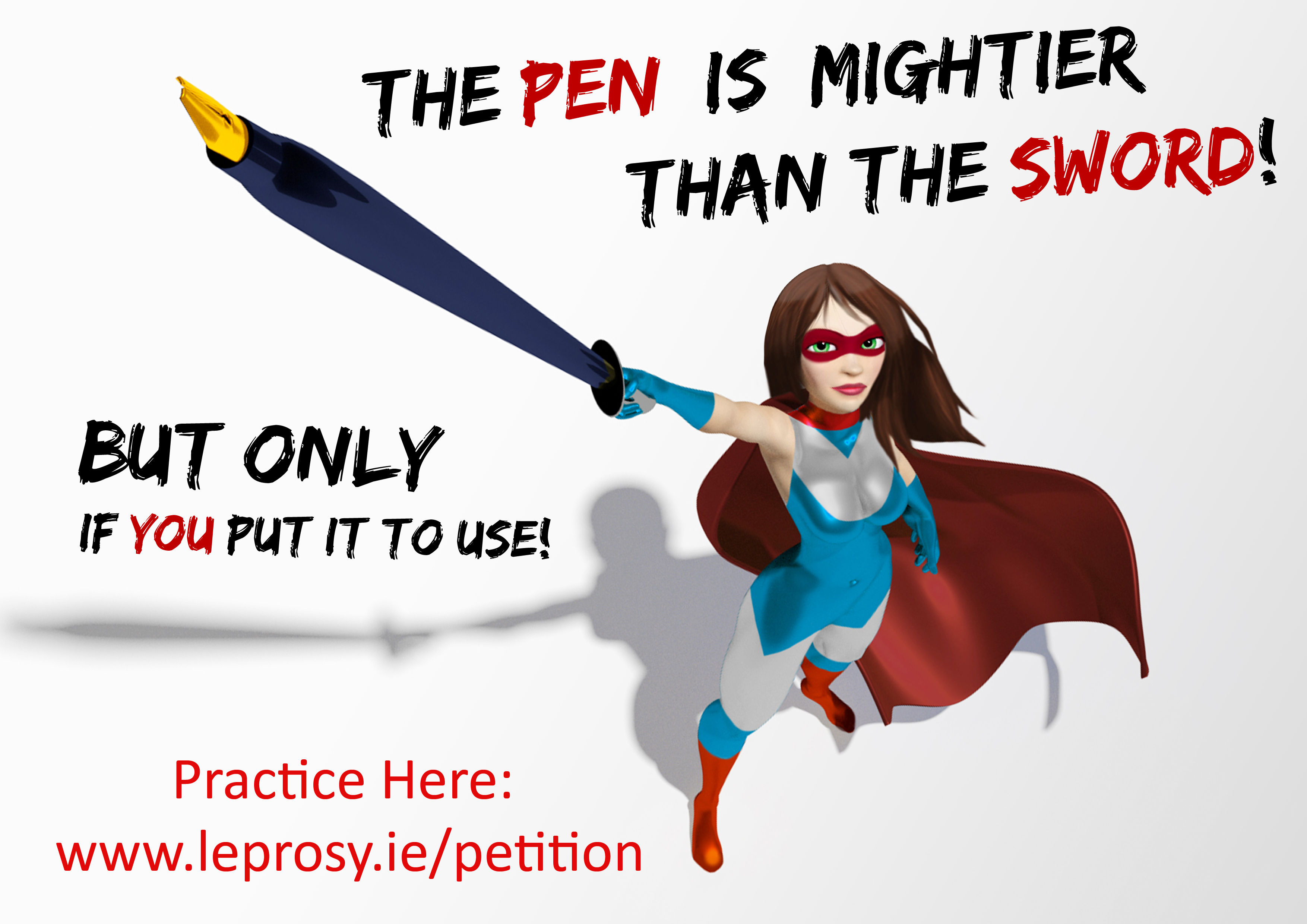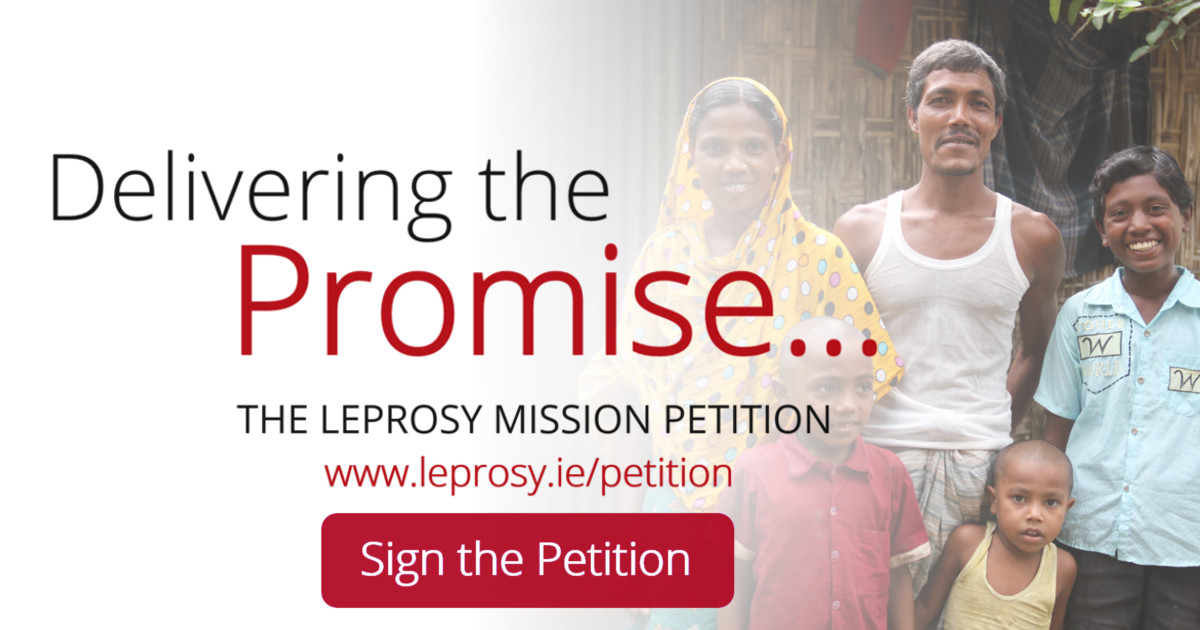The WHO and the promise to eliminate leprosy…
In May 1991, the member states of the World Health Assembly (WHA), the governing body of the WHO (World Health Organisation), promised to ‘eliminate leprosy as a public health problem’ by the year 2000. The 1991 resolution was, in effect, a promise by WHO to the United Nations, national governments, and individuals affected by leprosy, that leprosy would be “eliminated as a public health problem”.
Elimination and eradication are not the same

|
| Eliminated? The number of cases of leprosy per year exceeds the size of the population of Cork city. |
Understanding terminology is important. Eradication means zero prevalence. Elimination means less than 1 in 10,000 suffer from the disease.
WHO declared that global elimination had been achieved in 2000. Global elimination means that less than 1 in 10,000 people of the globe, including countries where there is no leprosy, reported less than 1 in 10,000 cases. Global ‘elimination’ was reached while some leprosy endemic countries reported in excess of the elimination rate. It was possible to reach global elimination while some leprosy endemic countries reported in excess of the elimination rate. Even today, Brazil continues to report in excess of that rate.
Celebrating achievements & facing challenges

|
| Leprosy can be cured: Multi-Drug Therapy, a specific mix of antibiotics, allows the bacterial infection of leprosy to be cured. |
Global Elimination (less than 1/10,000) was declared in 2000. Today, the incidence rate is recorded in the region of 250,000, down from 720,000 in 2000.
Some 15 million have been treated with MDT (Multi-Drug Therapy, the effective cure for the bacterial infection of leprosy) since the 1980’s. We delight that, for many, the hope and expectation of cure, in the widest sense, has become a reality. However, despite the achievements, the expectations of many are yet to be delivered upon.
Behind the headline figures lie issues, assumptions and definitions that prevent delivery of the promise and deny people affected by leprosy justice, dignity and human rights.
Changing the numbers, not the reality
To deliver global elimination of less than 1 in 10,000 key operational changes were introduced. These had the effect of changing the numbers without changing the reality.

|
|
More than just bacterial infection: Once a person is cured from infection, they still live with the consequences of leprosy.
For example, leprosy can damage nerves required to blink, leading to cataracts & even blindness if the cornea dries. Yet simple cataract surgeries can restore vision and independence. |
- The definition of “a case of leprosy” was redefined immediately prior to the promise to eliminate leprosy:
- The old definition included someone requiring or receiving multi-drug therapy (MDT) as well as those requiring further care post-treatment.
- Now, crucially, once treatment is completed, the patient is considered to be cured solely by administration of the medicine.
- Such a person is then removed from the register regardless of how leprosy continues to affect them.
- This falls short of the WHO’s own definition of health as “a state of complete physical, mental and social well-being and not merely the absence of disease or infirmity”, but has a significant impact on the downward trend in numbers recorded.
- During the campaign, the duration of treatment was shortened:
- It was reduced from 24 months to 12 months for multi-bacillary (MB) leprosy, and 6 months for pauci-bacillary (PB) leprosy.
- This contributed to halving the number of registered cases.
- As the prevalence of the number of cases is identified at the end of December, many PB cases which register and complete treatment in the first half of the year never feature on the registers. This further reduces the numbers.
- Current policy focuses of leprosy sufferers self-reporting at health facilities rather than on active case finding. Leprosy is a stigmatising disease. The economic, social and spiritual consequences of centuries of stigma will prevent self-reporting.
- Critically, when countries meet the elimination target, no further active case detection takes place. There are likely, therefore, to be significant numbers of people affected by leprosy who are not detected. Only a small number may have the circumstances in which they are empowered to self-report.
The Forgotten Leprosy Sufferers
The absence of a post-treatment register means that it is impossible to tell how many people suffer from ongoing disability and the other consequences of leprosy. Neither can the economic or social impact of that suffering be assessed or quantified. These are the forgotten leprosy sufferers.
The shift from active case detection means that millions of people, who ought to have been detected, remain unidentified and untreated. In addition to their own unnecessary suffering, they remain a source of infection and a threat to efforts to break transmission.
In short, the drive to meet a deadline shifted the focus of leprosy control to a statistical model. The people who suffer from this cruel disease have been forgotten.
Delivering the Promise: Petitioning for change

|
| The Leprosy Mission Ireland: Globally recognised as a world leader in leprosy care, cure, rehabilitation and prevention. www.leprosy.ie |
“Delivering The Promise” is an initiative led by The Leprosy Mission Ireland and supported by its global partners. Its primary aim is to ensure that no one who suffers illness, disability, stigma, economic disadvantage or any other marginalization is overlooked in global leprosy policy.
It has two key components, designed to deliver on the promise to people affected by leprosy; (1) to uphold their human rights in line with the UN General Assembly Resolution on Leprosy and the UN Convention on the Rights of Persons with Disabilities; and (2) to ensure they receive justice and to finally deliver on the promise of elimination in a real and meaningful way.
The Leprosy Mission Ireland is asking people with a heart for global justice to lend their support to an online petition.
This petition, available at www.leprosy.ie/petition, will create the political pressure needed to ensure that the voice of people affected by leprosy is heard in international health policy.


Comments:
I could not refrain from commenting. Perfectly written!
Awesome website you have here but I was wanting to know if you knew of any message boards that cover the same topics discussed here?
I’d really like to be a part of online community where I can get suggestions from other knowledgeable people that share the same interest.
If you have any recommendations, please let me know.
Thank you!
I like the helpful information you supply to your articles.
I will bookmark your blog and check once more right here regularly.
I’m moderately certain I’ll be told lots of new stuff right here!
Best of luck for the following!
Saved as a favorite, I really like your website!
I really like reading a post that can make men and women think.
Also, thanks for allowing me to comment!
Sweet blog! I found it while searching on Yahoo News.
Do you have any suggestions on how to get listed in Yahoo News?
I’ve been trying for a while but I never seem to get there!
Thank you
I think this is among the most significant information for me.
And i’m glad reading your article. But should remark on few general things, The web site style is perfect, the articles is really great
: D. Good job, cheers
Wow, such a beneficial online site.
I just want to say I am just all new to blogging and site-building and definitely enjoyed this web blog. Probably I’m want to bookmark your website . You surely come with tremendous well written articles. Thanks a lot for sharing your webpage.
I got this website from my buddy who shared with me about this website and at
the moment this time I am browsing this website and reading
very informative articles or reviews here.